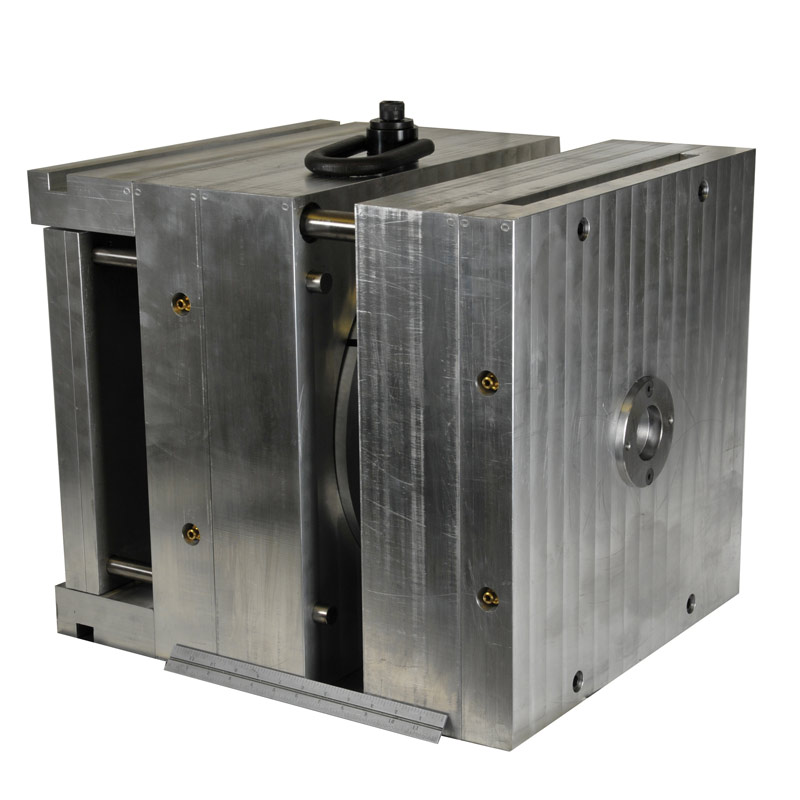Injection molding is a widely used manufacturing process that involves the creation of parts by injecting molten material into a mold. The quality of the mold used in the process is crucial to the success of the operation. However, even with the best molds, defects can occur during the injection molding process, and one of these defects is splay. In this blog post, we will explore what causes splay in injection molding and how it can be prevented.

What is Splay?
Splay is a surface defect that can occur during the injection molding process, resulting in small, random lines or streaks on the surface of the part. These lines or streaks can be caused by the material breaking down or decomposing during the molding process, which can result in a loss of molecular weight and cause the material to flow unevenly. Splay can have a negative impact on the appearance and performance of the parts, making it a critical issue for manufacturers to address.
What Causes Splay in Injection Molding?
There are several factors that can contribute to splay in injection molding, including:
- Moisture Content in the Material
One of the most common causes of splay is the moisture content in the material. If the material being used in the injection molding process contains too much moisture, the water can become trapped in the material and cause it to decompose during the molding process. This can lead to splay. To prevent this from happening, it is important to dry the material properly before using it in the injection molding process.
- High Injection Speed
Another factor that can contribute to splay is a high injection speed. If the injection speed is too high, it can cause the material to break down and decompose, leading to splay. To prevent this from happening, it is important to use a lower injection speed.
- High Melt Temperature
A high melt temperature can also cause splay. If the melt temperature is too high, it can cause the material to break down and decompose, leading to splay. To prevent this from happening, it is important to use a lower melt temperature.
- Poor Venting
The mold used in the injection molding process must be properly vented to prevent splay. If the mold is not properly vented, it can cause the material to decompose and lead to splay. Proper venting of the mold is critical to ensuring that the injection molding process produces parts that are free of defects.
How to Prevent Splay in Injection Molding
Preventing splay in injection molding requires careful attention to detail during the molding process. Here are some additional steps that can be taken to prevent splay:
- Use High-Quality Materials
Using high-quality materials in the injection molding process can help prevent splay. High-quality materials are less likely to break down or decompose during the molding process, which can help prevent splay.
- Use Proper Injection Molding Techniques
Using proper injection molding techniques can also help prevent splay. This includes using the correct injection speed and melt temperature, as well as ensuring that the mold is properly vented.
- Properly Maintain the Injection Molding Equipment
Properly maintaining the injection molding equipment is critical to preventing splay. Regular maintenance can help ensure that the equipment is functioning properly and that the injection molding process is producing parts that are free of defects.
Conclusion
Splay is a common defect that can occur during the injection molding process. However, with careful attention to detail and proper preparation, it can be prevented. By following the steps outlined in this blog post, you can prevent splay and ensure that the parts produced during the injection molding process are of the highest quality. At JS Precision, we have years of experience in injection molding and can help you with all your manufacturing needs. Contact us today to learn more about how we can help you with your injection molding needs.
